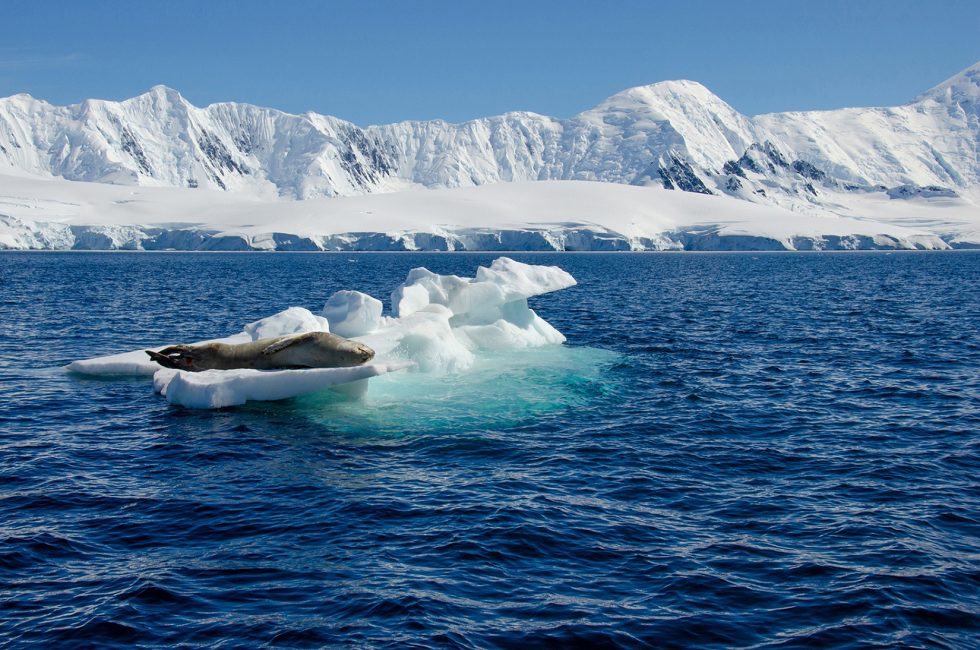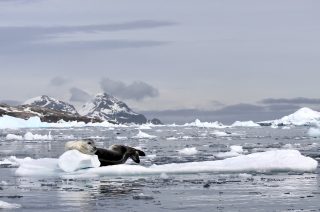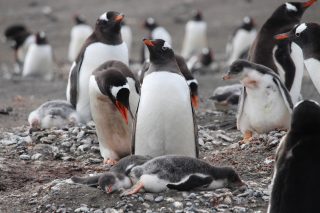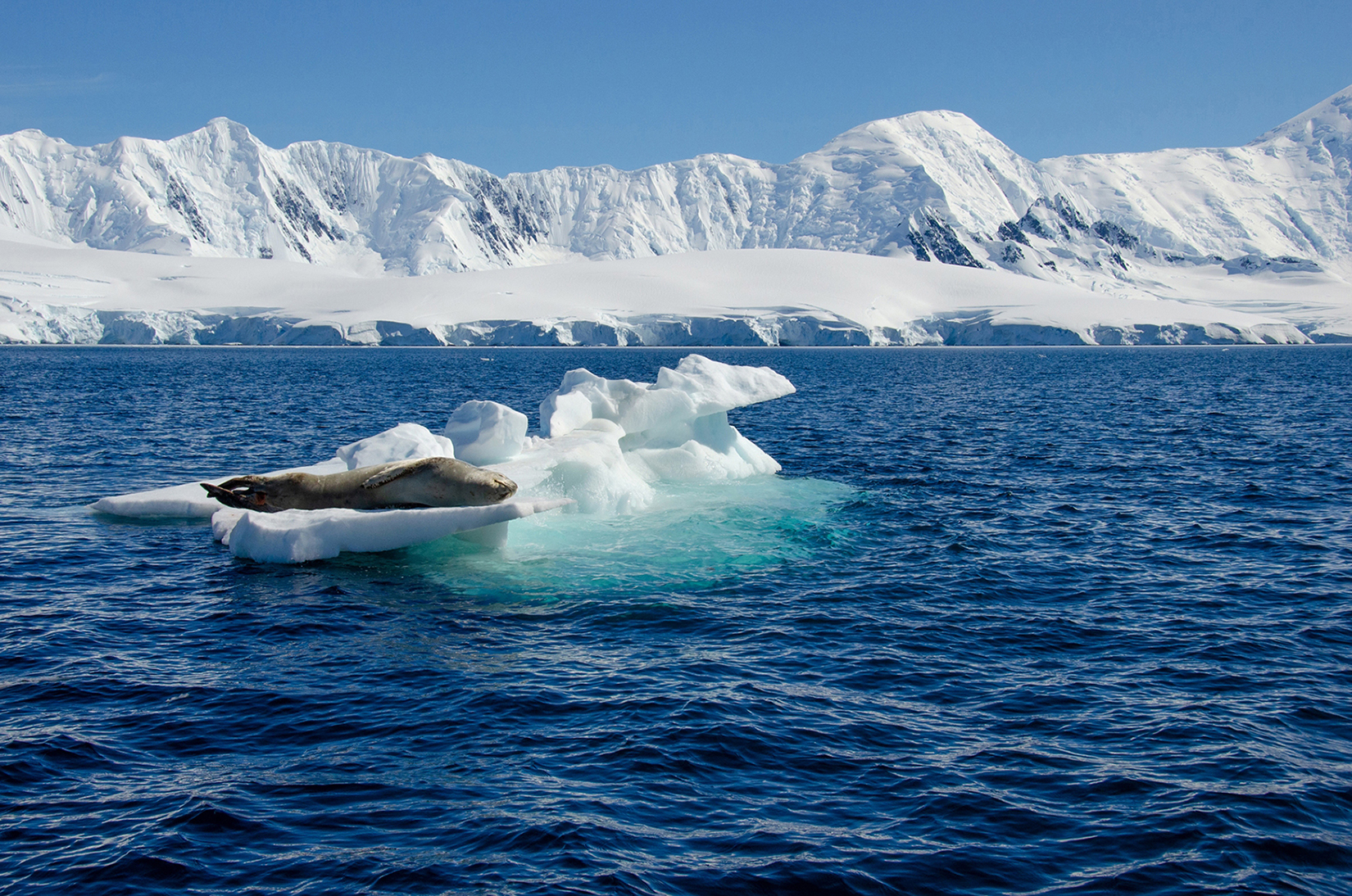
March 30, 2023
Women Explorers in Antarctica, Part 1
- as seen by -
 Veronica Miller and Sarah Edmunds
Veronica Miller and Sarah Edmunds
Being the world’s driest, windiest, iciest, and coldest continent, Antarctica may not be the first place most people choose for vacation. However, we both separately visited in December 2022 to experience this land of incredible landscapes and unique wildlife. We discovered, like so many before us, that Antarctica is truly like no other place on Earth. As you sit surrounded by glaciers and mountains, it is not unusual to come across a leopard seal (Hydrurga leptonyx), like the one above, napping on an iceberg after a hearty meal, or a mother humpback whale showing off her fluke as she teaches her calf how to forage for krill.
The history of Antarctic exploration is largely dominated by men. Women were actively excluded from the continent for decades, including being banned from the US Antarctic Research Program until 1969. According to the University of Cambridge’s Scott Polar Research Institute, in 1914, three women asked to join famed explorer Ernest Shackleton’s harrowing Endurance expedition. They argued, “we do not see why men should have all the glory, and women none, especially when there are women just as brave and capable as … men,” but their request was denied specifically because of their gender.
In spite of the numerous barriers, we do have many intrepid women to thank for our ability to more easily enjoy and better understand this majestic part of the world today. Māori oral tradition suggests the first women traversed Antarctic waters as far back as 650 AD, and since the 1700s, many women visited Antarctica as the wives of explorers. In 1947, Edith “Jackie” Ronne became the first woman named as an official working member of an Antarctic expedition and the first, along with her friend Jennie Darlington, to over-winter on the continent. Working as the historian-recorder, Ronne wrote all the news releases and maintained a daily log of the team’s accomplishments.
EDITOR’S NOTE: To celebrate Women’s History Month, Wild View is featuring posts by and about women and their contributions to science and conservation throughout March. Read Women Explorers in Antarctica, Part 2 here.
Nikon D5100 Digital SLR with Sigma 18-300mm lens




Leave a Comment